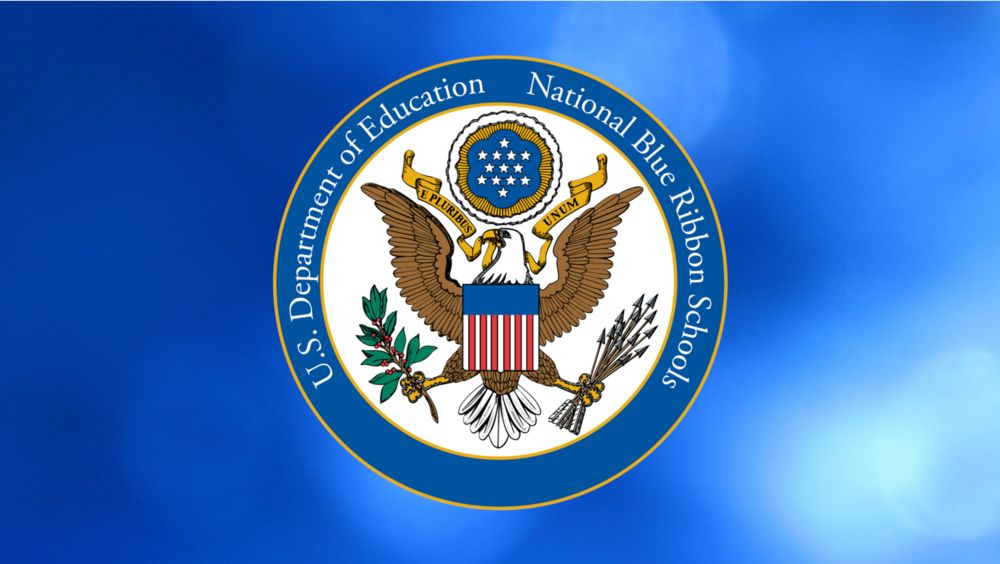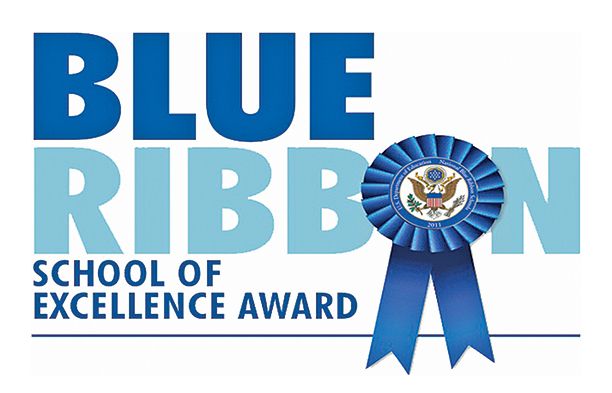
What Are Blue Ribbon Schools? Things You Should Know
Numerous of America’s top schools are honored by the federal No Child Left Behind program’s “blue ribbon schools” designation. The improvement of education in America is what it seeks to support and promote.
The U.S. Department of Education honors hundreds of public and private schools each year for their dedication to educational excellence and their capacity to overcome significant obstacles to provide their students with the best possible education. The National Blue Ribbon of Distinction, an honor given to schools with students who consistently achieve high academic standards, is given to these institutions.
To learn more about blue ribbon schools, please read this article.
National Blue Ribbon Of Distinction
According to the National Blue Ribbon website, “The National Blue Ribbon Schools Program recognizes public and private K–12 schools that either excels academically in their state or show a significant increase in student achievement.”
The award is open to all levels of schools, including elementary, middle, and high schools. Each school that receives the distinction of a Blue Ribbon Award shares a number of important traits:
- they have administrators and teachers who are committed to high standards of learning for all students
- they collect and analyze data to ascertain the effectiveness of instruction and assessment
- they have students who exhibit academic excellence
- they engage in professional development to stay at the forefront of best practices
Since 1982, the award has been given out, evaluating student achievement with quantifiable traits that aid in identifying not only the top achievers but also those schools that have succeeded despite adversity.
The award is particularly targeted at schools that have overcome challenges like poverty, constrained budgets, and high teacher turnover to produce student achievement well above their means.
Benefits Of The National Blue Ribbon Program
There are numerous uses for the National Blue Ribbon of Distinction. By employing standards that accurately translate student performance and improvement, it first identifies the nation’s top-performing schools.
Second, the program provides criteria to all schools so they can assess their current quality status and identify areas that need improvement.
Last but not least, the National Blue Ribbon program promotes information sharing between the winning schools and those seeking answers to their own problems.
The accolades received by some schools encourage other schools to work harder to meet the same high standards.
Less successful institutions have models to use to raise their own standards and compete for the award in subsequent academic years because successful programs are shared by all schools.
Eligibility For National Blue Ribbon Status For Public Schools
Schools must fulfill a number of requirements in order to receive National Blue Ribbon status.
Eligibility Criteria
The Bureau of Indian Education (BIE), the Department of Defense Education Activity (DoDEA), and the Chief State School Officers (CSSOs) of all states, the District of Columbia, and the territories, are all invited by the ED to submit nominations for schools to be recognized as National Blue Ribbon Schools.
The CSSO of each state and these organizations are required to certify that the nominated schools meet the minimal criteria set forth by the ED for nomination.
The accountability and assessment systems used by the states and nominating organizations must be used to determine which schools should be submitted to the United States. Director of Education.
Public schools with a high proportion of students from disadvantaged backgrounds must make up at least one-third of the schools each state proposes.
What constitutes “disadvantaged backgrounds” is defined by the Students receiving services under Title I of the Elementary and Secondary Education Act, as modified by the Every Student Succeeds Act of 2015, as well as economically disadvantaged students, i.e., students who qualify for free and reduced-price school meals, students with disabilities, English language learners, migrant students, and/or students receiving services under the definition of CSSO of each state.
“High percentage” means at least 40 percent unless a state has found that this threshold precludes identifying a sufficient number of such schools. Such a state is allowed to propose using a lower percentage than 40% as long as it doesn’t go below the overall (average) share of students from disadvantaged backgrounds that the state as a whole, according to the state’s definition, has.
All public schools that a state nominates must be subject to the same nomination standards. Additional performance standards based on graduation rates and indicators of readiness for college and careers are part of the high school nomination criteria.
However, these standards must apply uniformly to all high schools that are nominated. The ED also suggests that nominated schools fairly represent the diversity of the state’s public schools in terms of demographics and geography.

Performance Award Criteria
A school must satisfy a number of requirements based on the results of its students’ performance on reading (or English language arts) and mathematics state assessments or a composite of performance on these assessments with other measures of student performance.
Public schools may be nominated in either of two performance award categories:
- Exemplary High Performing
- Exemplary Achievement Gap Closing
A nominated school must also enroll at least 100 students and have assessment data for at least 10 students in each tested grade for reading (or English language arts) and mathematics, in addition to meeting the aforementioned performance requirements.
Up to a comparable percentage of these schools may be nominated by states with a high proportion of institutions with enrollments of under 100 students. However, for both reading (or English language arts) and mathematics, each school must have assessment data for at least 10 students in each tested grade.
A minimum of reading (or English language arts), mathematics, graduation rates, and possibly other academic indicators for the entire student population must be met by all nominated public schools in order to meet the state’s interim progress measures in the state accountability system or other performance targets.
Additionally, using the most recent accountability results available, all students in the nominated schools must have assessment participation rates of at least 95%.
All nominated public schools must also receive state certification prior to the U.S. government’s announcement of the National Blue Ribbon Schools in September of each year in order to fulfill all eligibility requirements.
Can The National Blue Ribbon Of Distinction Nominate Charter Schools And Private Schools?
12 public charter schools were among the 236 public schools that were awarded the National Blue Ribbon of Distinction in 2013. Despite being run under a private charter, these organizations receive public funding just like any other public school.
In return for their commitment to achieving better academic outcomes, charter schools are granted exemptions from the public school system.
To make sure these schools uphold their end of the bargain in terms of academic achievement, they are typically observed for a period of three to five years.
This year, 12 charter schools across the country—from Minnesota to Florida and Delaware to Oklahoma—were awarded the National Blue Ribbon of Distinction. Peter C. Groff, president, and CEO of the National Alliance for Public Charter Schools said, “The Alliance congratulates the teachers and parents who worked to establish top-performing schools in their communities. Public charter schools are among the best in the country.”
Additionally honored for this year’s National Blue Ribbon of Distinction were fifty private schools from across the country. In comparison to public schools, private schools are held to higher performance standards.
On national reading and math assessments, private schools are required to score in the top 15% of the country; alternatively, if a state assessment is used, the school must score in the top 15% of the state.
The subgroup’s performance must be comparable to that of all the students taking the test. Furthermore, to be considered for nomination, private high schools must have graduation rates of at least 95%.


